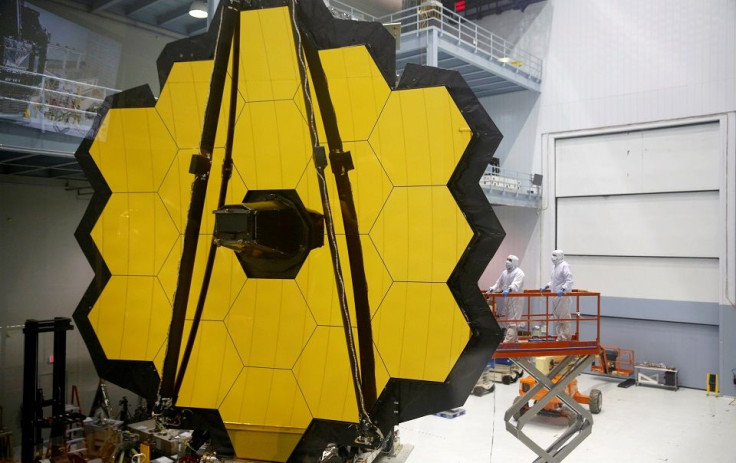NASA finishes constructing $8.7-bllion James Webb Space Telescope after 20 years

After 20 years of construction, the National Aeronautics and Space Administration (NASA) finished the $8.7 billion (A$11.3 billion) James Webb Space Telescope. The space agency just conducted the first significant pretest of the largest and more expensive space telescope in the world.
To protect the telescope’s infrared sensors from the background heat of the sun, it has five sunshields the size of five tennis courts. The sunshields are gold plated but is just as thick as human hair, Yahoo News reports.
Located at the NASA’s Goddard Space Flight Center at Greenbelt, Maryland, the telescope would allow NASA scientists to see the universe as it was 13 billion years ago. The replacement of the Hubble Space Telescope has a 21-foot, gold-coated mirror array capable of collecting seven times more light than Hubble and scan the infrared spectrum to see through dust, Engadget reports.
The James Webb Space Telescope is the result of two decades of innovation and hard work, says John Mather, project scientist. Besides its ability to peer into the deepest and oldest regions of the universe, it has sufficient power to search for habitable exoplanets.
The new telescope would help satisfy man’s curiosity if the other planets have sufficient water to have an ocean. It could even detect a bumblebee on the moon.
For the James Webb Space Telescope to detect infrared light, it must be cooled to around minus 220 degrees Celsius. The five membrane layers, which insulates the telescope from the sun, helped NASA achieve that temperature.
The pretests done include rattling the telescope and blasting it with 150 decibels of noise to simulate launch conditions on the giant Ariane 5 rocket. The final test was cryogenic testing to confirm the telescope’s ability to survive space’s extreme temperature.





















